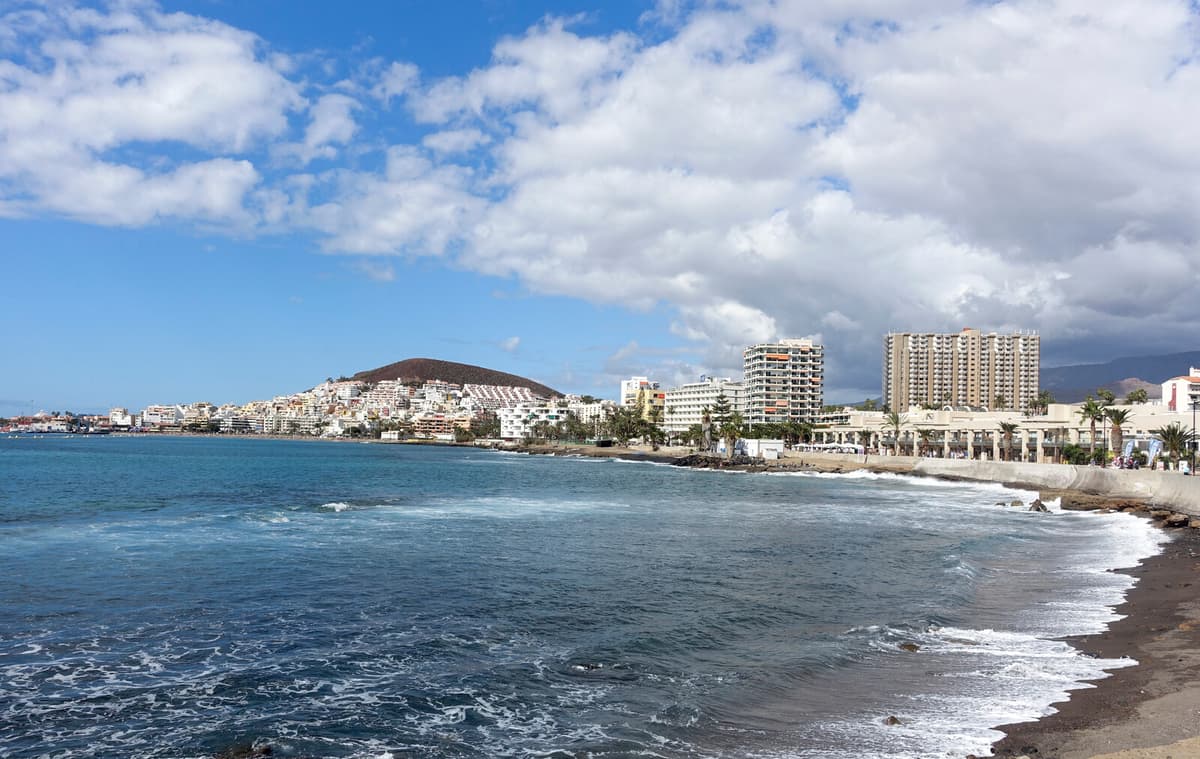Bjurfors Spain index shows that housing prices in Spain increased by 1.9 percent in June compared to May. Over a year, the increase is 14 percent across the country – and significantly larger in some areas.
Standing out in particular are Alicante (+16.7 %), Valencia (+18.3), the Canary Islands (+18.4), and Murcia (+20.5).
Murcia is an area that is a bit unknown to most and with relatively low prices where the development has been extremely steep, says Irja Amolin, acting CEO of Bjurfors.
A dream
For many Swedes, Spain symbolizes the dream of sun, warmth, and a more relaxed lifestyle. Among buyers, there are many both retirees and families with children, according to Amolin.
After the covid 19 pandemic when you had the opportunity to work remotely, you saw that the demand increased.
With the exception of dips in the curve in connection with the pandemic, the prices of vacation homes in Spain have increased since 2016. In recent years, the curve has pointed upwards in an increasingly steep curve.
Expected to continue to increase
High demand, a lower interest rate, and limited supply are expected to contribute to further increases during the year, so those who wait for a price drop risk being disappointed. If you have already considered buying, it may be time to act now, says Amolin.
Spain recently introduced a national register where all homes that are rented out temporarily must be registered. In addition, approval from housing associations is required, and in some areas, a total ban has been introduced.
One should not be completely discouraged, but one should probably see rental opportunities as a bonus, not as a prerequisite when making one's calculation.






